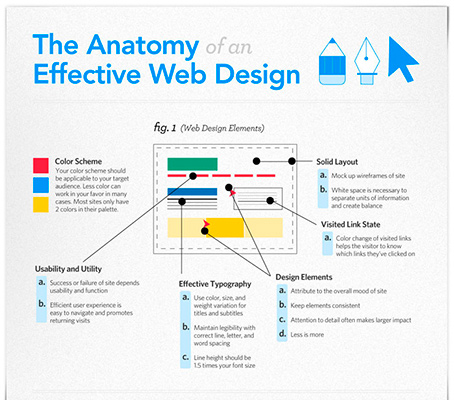Website Design Essentials: Tips For Building A User-Friendly Website
Website Design Essentials: Tips For Building A User-Friendly Website
Blog Article
Team Author-Le Ehlers
When it involves website style, guaranteeing user-friendliness is key. From receptive style to structured navigating, every component plays an important function in creating a website that satisfies your audience's needs. But what concerning the better information that can make or break a user's browsing experience? Keep tuned as we uncover some often-overlooked tips that can elevate your site's functionality to the next level, making it genuinely attract attention in the electronic landscape.
Relevance of Responsive Design
Responsive style is a vital element of contemporary website advancement. Ensuring your site is responsive means that it can adjust to different display sizes and gadgets, giving a smooth experience for customers.
With the enhancing use of smart devices and tablet computers to access the web, having a receptive design is vital for reaching a wider target market. It assists in improving user experience by making your internet site easy to navigate and read on any gadget.
Additionally, construction website content can positively affect your internet search engine positions, as internet search engine like Google focus on mobile-friendly websites. By having a responsive style, you're also future-proofing your website, as brand-new gadgets with varying screen sizes remain to emerge.
Simplify Navigating Structure
To boost individual experience and assist in very easy access to information on your site, streamlining the navigating framework is extremely important. When developing your website, concentrate on developing a clear and user-friendly navigation food selection that helps visitors find what they're searching for quickly.
Limit the variety of menu items to the fundamentals, grouping relevant pages with each other to avoid overwhelming customers. https://www.inc.com/martin-zwilling/7-strategies-for-scaling-your-business-through-digital-marketing-purpose.html detailed tags that clearly suggest the content of each page, making it much easier for customers to comprehend where each web link will certainly take them.
Consider applying dropdown food selections for subcategories to avoid cluttering the main navigation bar. Additionally, include a search bar plainly on the page for customers who favor searching for certain information.
Prioritize mobile responsiveness in your navigating design to make sure simple gain access to on all devices.
Enhance Web Page Lots Rate
Improving web page load speed is vital for preserving site visitors on your website. Slow-loading web pages frustrate users and can lead to high bounce prices. To enhance web page tons rate, start by maximizing images. Compress pictures without endangering quality to minimize their documents dimensions.
In addition, allow browser caching to keep regularly accessed sources in your area, quickening tons times for returning site visitors. Minify CSS, JavaScript, and HTML data by eliminating unneeded personalities, remarks, and format, improving lots speed.
Consider using a content shipment network (CDN) to disperse your internet site's content across several servers worldwide, minimizing latency for users accessing your site from various areas. Finally, restrict the use of third-party manuscripts and plugins, as they can significantly impact tons times.
Final thought
To conclude, by integrating receptive layout, streamlining navigating, and maximizing web page load speed, you can produce an user-friendly website that interest a broader audience and boosts user experience. These essential elements make certain that visitors can quickly accessibility and navigate your site across different devices, leading to enhanced interaction and fulfillment. By focusing on these vital facets, you can construct an effective website that maintains individuals returning for more.
